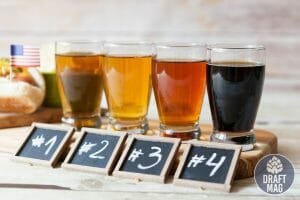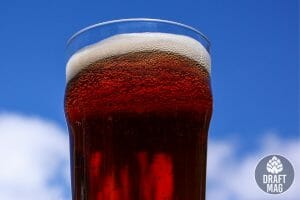What Does IPA Stand For in Beer? A Comprehensive Answer
The question “What does IPA stand for in beer?” is a common one, especially among new beer drinkers. This is due to the worldwide popularity of the beer style.

This beer class belongs to a group of pale ales, yet is characterized by strong hoppy characters. Continue reading to understand more about this exciting beer style.
What Does IPA Mean in Beer?
IPA in beer is the acronym for India pale ale, a group of beers characterized by their potent boozy and hoppy flavors and aromas. In the past, hoppy beers often possessed high bittering features, but the modern-day IPA tries to explore beyond the bitter nature of hops.
The new IPAs feature the fruity and pleasant flavor of the individual hops used in brewing.
Why Is It Called India Pale Ale?
It is called IPA due to the large export of beers to India, and when brewers noticed that the high hoppy and boozy beers often maintained topnotch qualities after long spells at sea before reaching India, the hops were thought to possess preservative properties — which is correct.
Indeed, the name IPA denotes its relationship with India. However, the history of IPAs traces back to the United Kingdom sometime in the early 19th century. The beer was already gaining popularity in England.
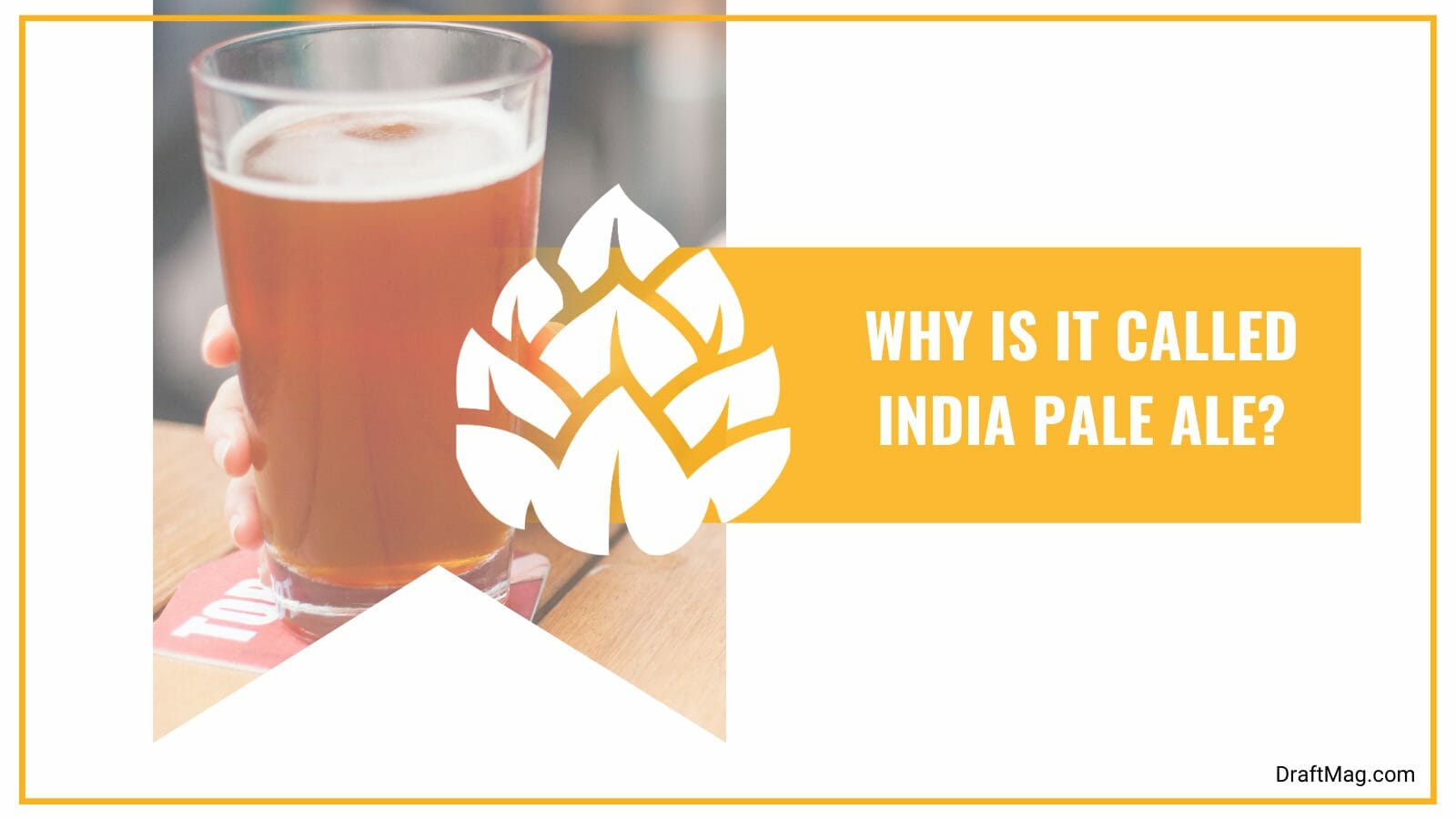
As the name suggests, pale ales were initially lightly flavored with little bittering qualities. But brewers started to add lots of hops into the brew that were transported to India because of the potent preserving features of hops. This gives rise to the IPAs we now know today, possessing high hoppy characteristics.
– Characteristics
You might have had it from those who don’t like IPAs because they are extremely bitter. Well, that is actually true. IPA beers are known for their complex taste which is often appreciated by lovers of this classic. Indeed, the main features of IPA are the high bittering features because of the high hop content in them.
Also, they have a high alcohol content. A typical IPA may have up to 20 percent ABV. However, the average alcohol content in IPAs is about 7 percent, with new ones having as low as 4 percent.
Besides the bitter taste and high alcohol presence, IPAs often present floral, and fruity characteristics of the hops. In fact, the new generation IPAs and craft brewers try to unlock other exciting hop features, beyond the already known bittering qualities.
– Alcohol Content
People probably say they get drunk faster when drinking an IPA. The typical IPA is about one and a half times stronger than regular beer. The reason for this is mainly the high alcohol percentage. The high hop content also accounts for its relatively stronger nature.

The high alcohol in IPAs is mainly due to the large amounts of malts used in brewing. This beer style is characterized by its hoppy nature, which accounts for its bitter taste. Consequently, brewers try to balance the bitter taste by increasing the malt. In doing this, more sugar is introduced to the beer.
However, instead of increasing the beer’s sweetness, the yeast added during brewing has more sugar to act upon, thereby introducing more alcohol into the resulting brew. Therefore, IPAs retain their hoppy nature yet still gain more alcohol, which makes them boozy.
– Double IPA
Double India pale ale, as the name suggests, can be described as a two-time strengthened IPA. It is characterized by enhanced hop features and malt. In all, double IPAs have more bittering qualities, with the extra malt giving it a more advanced flavor.
Since the beer contains more malt, the yeast used in brewing has more sugar to act upon, resulting in increased alcohol content. Therefore, double IPAs tend to have higher ABV than other IPAs, making them some of the strongest commercial beer styles on the market. There’s another group called the triple IPA, which is also an indication of the IPA beer strength.
What Are the Different IPA Styles?
The different styles of India pale ales include English-style IPA, American-style IPA, West Coast IPA, and East Coast IPA. IPAs come in different styles, each with their own unique flavor, aroma and mouthfeel.
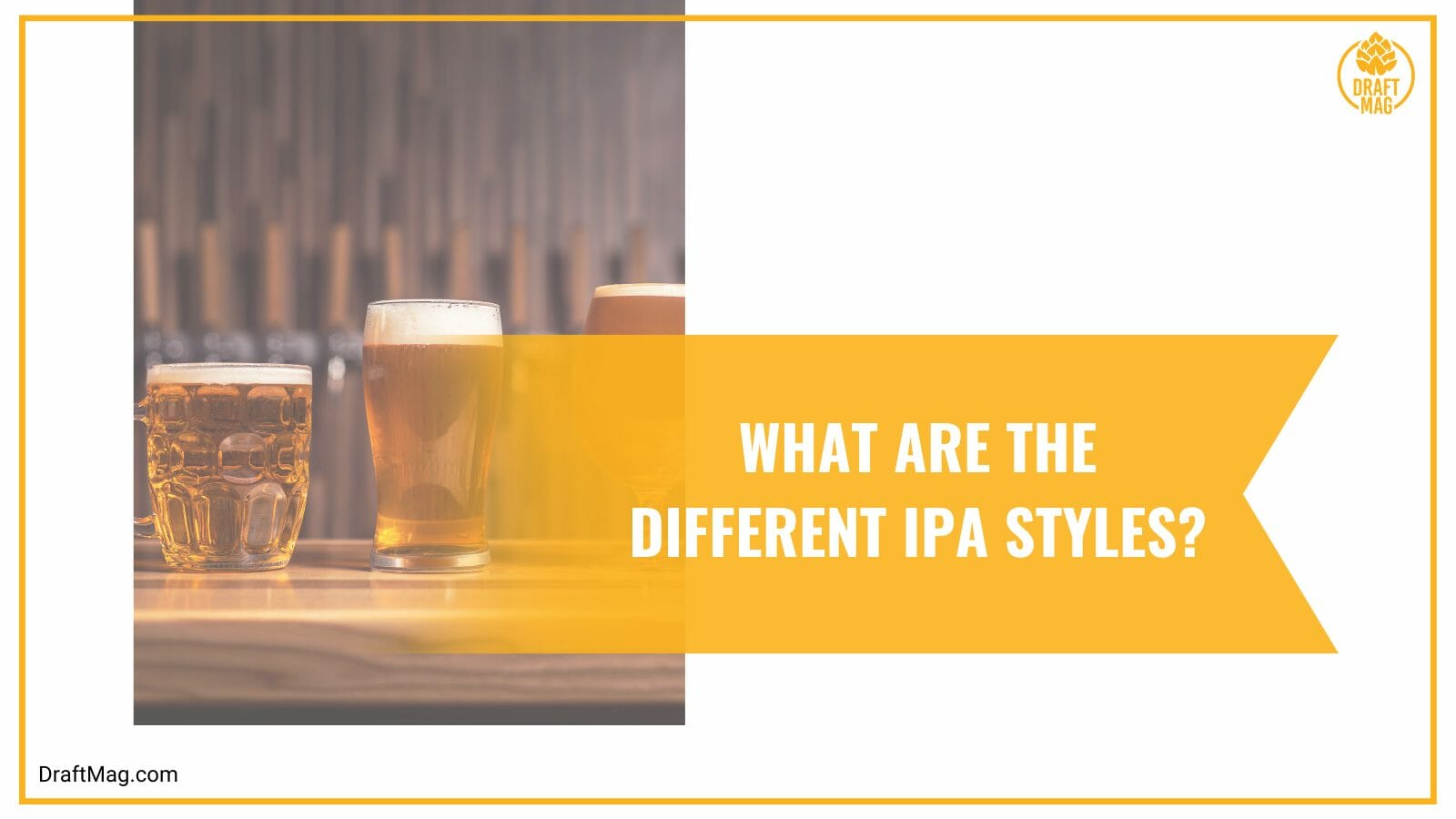
Below is a brief overview of each IPA style.
– English-style IPA
The English IPA features a finely balanced group of beers regarding the hop, alcohol content and malt characters. A typical British IPA allows better expression of its malt features yet maintains the typical hoppy nature of this beer class. They are characterized by English hops, which are often aromatic, spicy, flowery and possess fruity earthiness.
– American-style IPA
The American IPA originates from the old-school IPAs — the first set of this beer class brewed in the early 19th century. They possess domineering hop features, often floral, citrusy, resinous, piney or fruity.
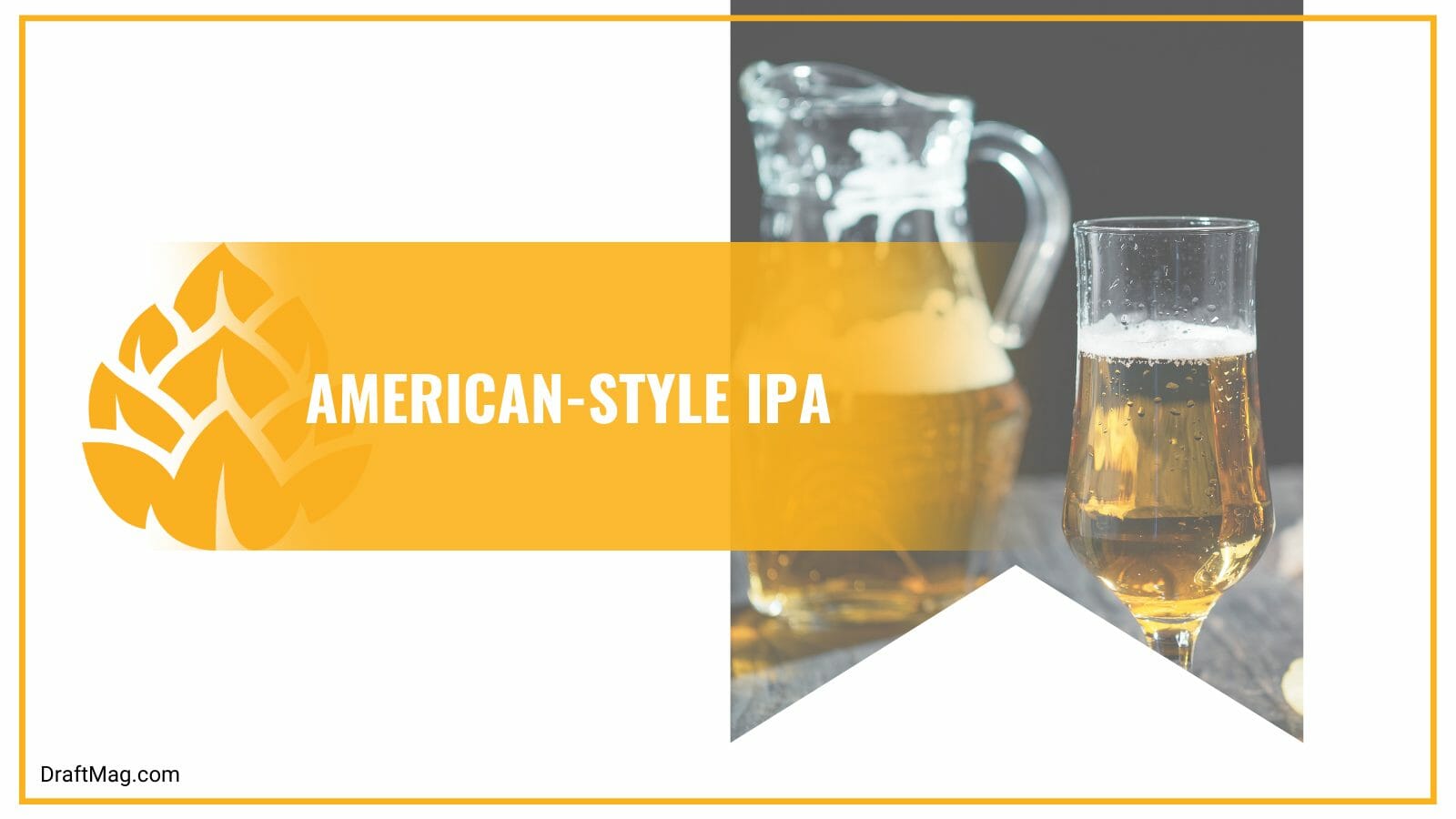
They are some of the most common beers in many bars and liquor stores across the state, brandishing the distinct amber to golden yellow.
– West Coast IPA
The West Coast IPA kickstarted the era of exploring beyond the bitter qualities of hops. The beers are characterized by distinct fruity flavors, depending on the hop used in brewing.
However, they still possess the characteristic bitterness of IPAs.
In fact, they are often described to be bold IPAs with piney and citrusy notes, among other unique aromatic flavors. In addition, they may appear crisp, fizzy and mouthful as you sip them.
– East Coast IPA
The East Coast India pale ales, also called New England IPA (NEIPA), juicy IPA, or hazy IPA, is a relatively new beer belonging to the broader IPA class. They appear hazy and cloudy because they are usually not filtered before bottling, which may account for some of the complex features they present that are distinct from other IPAs.
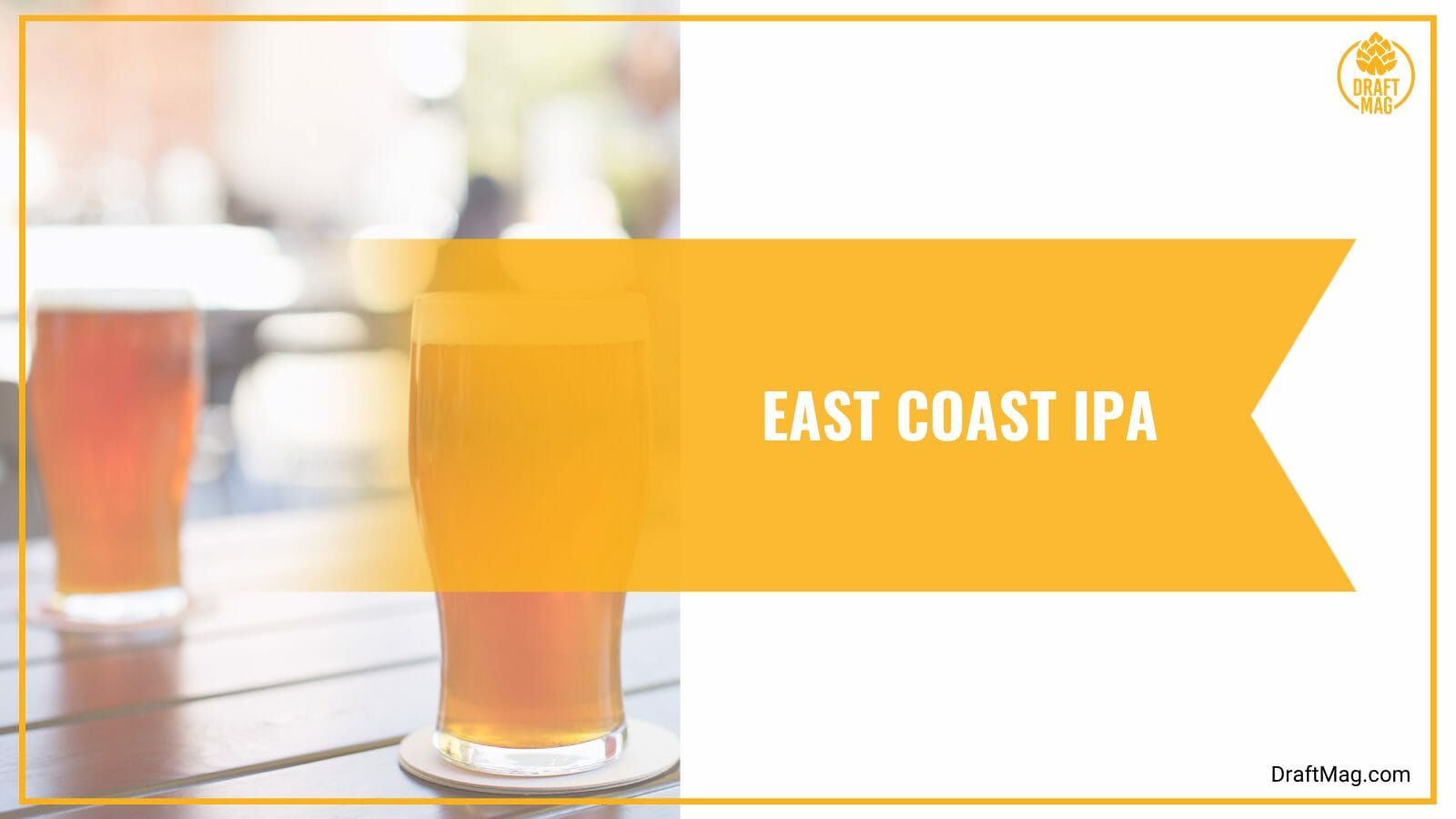
Like other new IPAs, this beer style focuses on exploring other hop features besides the bittering features, giving rise to fruity, fuller, creamy, easier-to-drink flavors.
– Specialty IPA
Besides these four main IPAs described above, another class is the specialty IPA. These are a group of the latest IPA styles and craft beers such as Belgian IPA, Brown IPA, Session IPA, Double IPAs, Red IPAs, etc. These different styles are growing in recognition and are now common in local bars and pubs.
What Is the Main Difference Between IPA and Regular Beer?
The main difference between IPAs and regular beer is that IPAs are hoppier and have a higher ABV than regular beer styles, which means IPAs contain more alcohol. The average ABV of an IPA is around 6 percent, which is higher than most other beers.
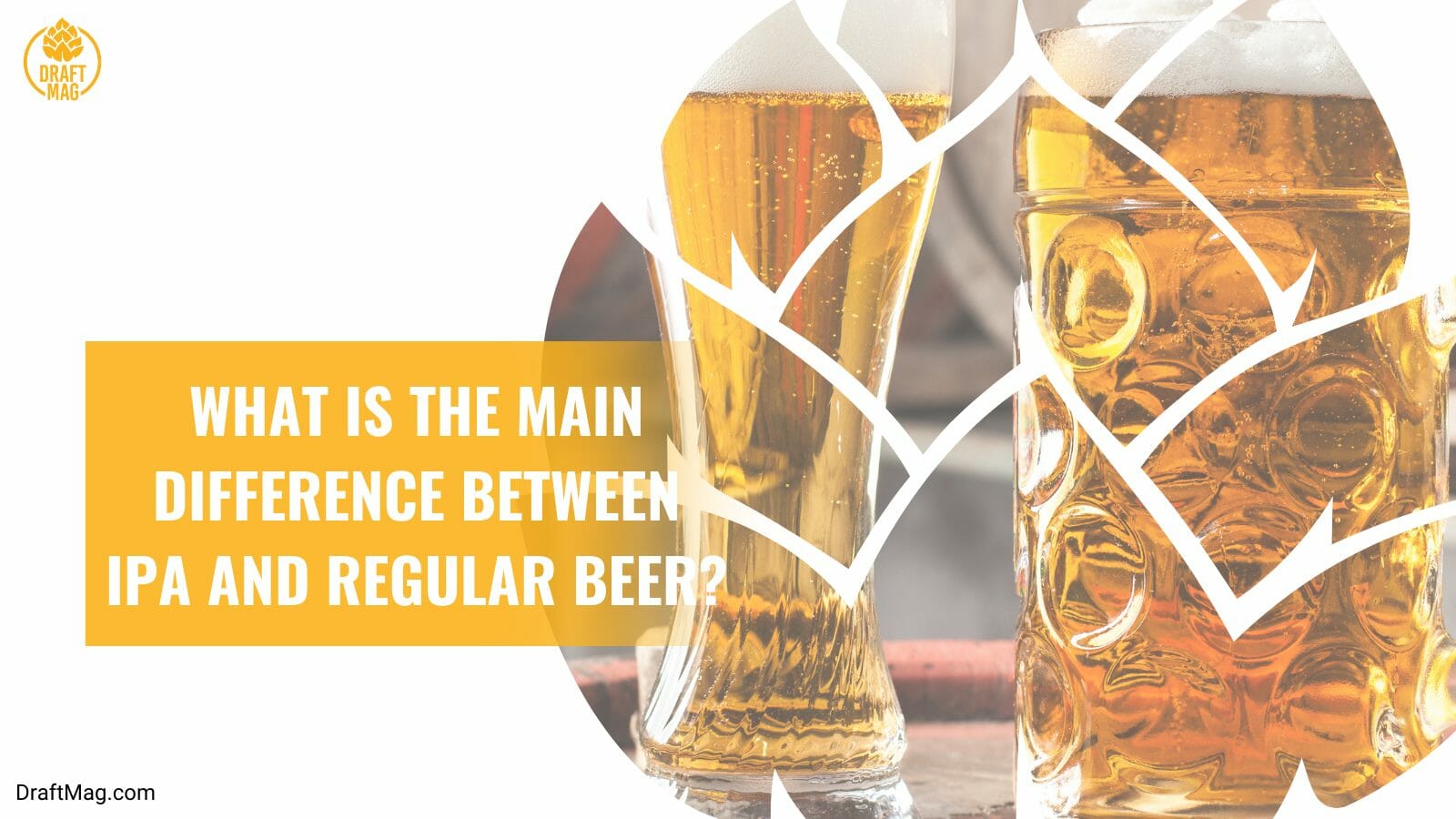
IPAs are already well-known, but they still differ from regular beer. They belong to a class of pale ales, though they are enriched with high hop and alcohol content, making them hoppy and boozy. There are many craft beers under this category, with each brewer customizing their brew to suit their desires.
Thus, beyond the different IPA styles, there are many other beers and ales under the Indian pale ale category. Many new school IPAs focus on combining different hops to explore their amazing features towards giving the beers a new look. Some may even introduce some fruits, mainly cherry, spices like coriander and other edible herbs to improve the taste and flavor of the beer.
– Alcohol Content
Generally, IPAs are usually stronger than regular beers. In fact, the high ABV of IPAs account for one of their major characteristics. Most beers on the market have 5 percent alcohol by volume; on the other hand, IPAs have an average alcohol content of 6 to 7 percent. There is no standard ABV for IPAs and beers in general, but if you compare IPAs to other beer classes, you will notice the higher ABV.
There is even a class known as double IPAS, which can have up to 15 percent alcohol. Another thing to consider in the strength of IPAS is their hop content. These beer styles are often endowed with hops, which give them a concentrated bitterness and make them seem stronger than other beer styles upon drinking.
If you are new to drinking beer, you probably have met those who claim not to like IPAs because of their bitter and high alcohol content. If so, they aren’t wrong. However, those that love this beer style appreciate the unique and enticing features that the hops introduce to the brew. In fact, you don’t see them gulping and rushing it; they drink it in sips to soak up the sophisticated and aromatic flavors.
Conclusion
Having read this guide, you should now be familiar with the term IPA and the different styles under this category. Let’s take a loot at this summary of what we discussed in the article.
- Even though IPA means India Pale Ale, the beer style originated in England when large barrels of beer were often shipped to India in the early 1800s.
- IPAs usually contain lots of hops and alcohol, which account for their hoppy and boozy nature.
- Most IPAs express bittering qualities because of the large hop composition, but new-generation IPAs are looking to explore other hop features beyond bitterness.
- IPAs have already grown so popular that they are considered regular beers, but their detailed hop features make them distinct from other beer styles.
- The large hop and alcohol content make IPAs appear stronger than most other beers.
Since IPAs are often stronger, drinkers are likely to get intoxicated when drinking them quickly, so you need to maintain caution as you enjoy this brew. Drink responsibly!

